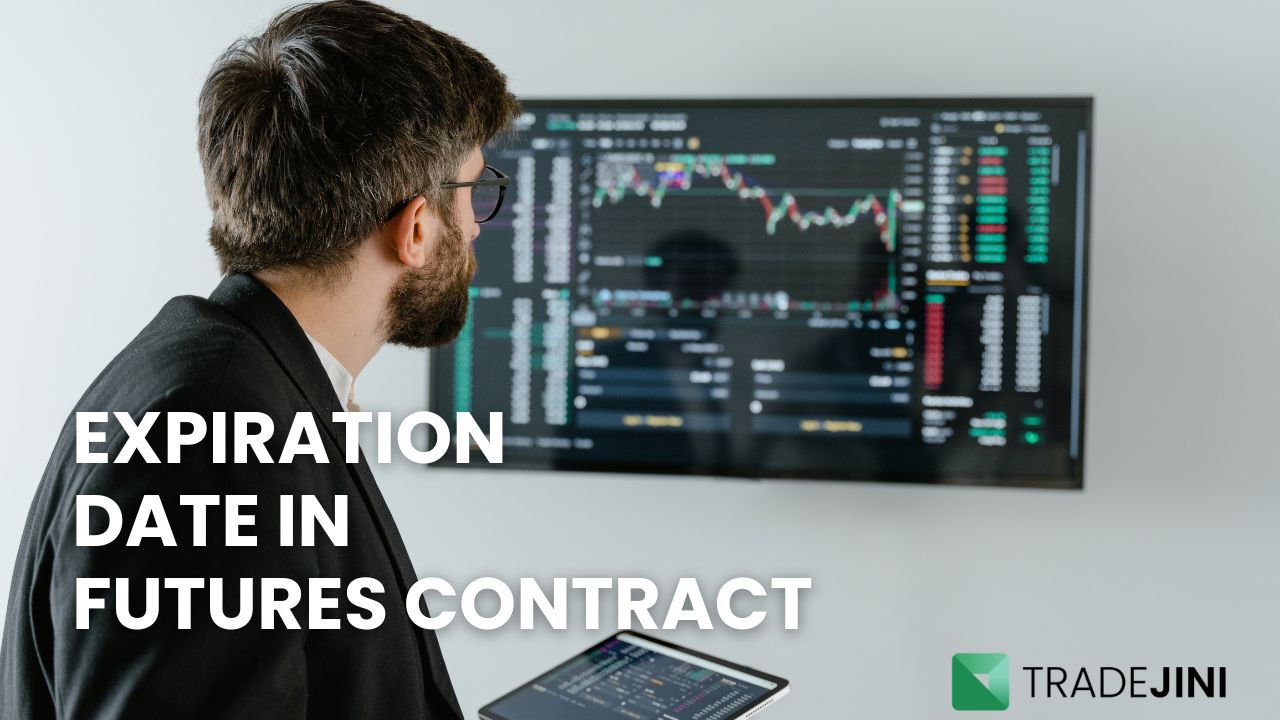If you are new to the world of stock market investing, you really should learn the basics. LTP is a term frequently used in trading. What does it mean specifically, and why is it significant, then? Let us explore the meaning of LTP in trading, how it's calculated, and why it matters to traders and investors alike.
What is LTP in trading?
LTP, or Last Traded Price, is the most recent price at which a stock was bought or sold in the market. It reflects the latest transaction value between a buyer and a seller, providing real-time insight into a stock's current market value. LTP helps investors gauge the ongoing price movement and make informed decisions. It serves as a key reference point for determining the agreed-upon value of stock during trading, thus helping in price discovery and predicting potential future trends based on continuous buying and selling activities.
How is LTP calculated in trading?
During trading hours, the seller sets an asking price, while buyers propose a bid price. The Exchange ensures a trade only occurs when these prices match. The price at which the trade happens becomes the basis for calculating the LTP at that moment.
For example, suppose a seller wants to sell a stock of Company Y for ₹1,200. So:
Ask Price: ₹1,200
A buyer, on the other hand, is willing to purchase the stock but is only ready to pay ₹1,150. So:
Bid Price: ₹1,150
Since the ask and bid prices don’t match, no trade occurs at this time. Later in the day, another seller enters the market and agrees to sell the stock at ₹1,150. So:
New Ask Price: ₹1,150
When this trade successfully occurs, this price is recorded as the LTP.
Throughout the trading session, especially for highly liquid stocks, numerous trades happen, causing the LTP to fluctuate with market dynamics. The final price at which a stock is traded during the session is what we refer to as the LTP.
LTP of NIFTY 50 as on 28.08.2024
Also Learn: Exploring the OHOL Trading Strategy: Definition, Examples, and How It Works
Importance of LTP
LTP is an important tool that holds great significance in the stock markets-
- Decision making: LTP provides the exact price at which a stock is being traded in the markets at that exact moment and keeps updating in real-time. This helps investors make trading decisions.
- Intraday trading: Intraday traders, who capitalize on small price fluctuations, closely monitor the LTP. It helps them determine their entry and exit points and execute their trades efficiently. It also gives a real-time volatility warning.
- Swing trading: Swing traders can use LTP to identify market trends and plan their trading strategies based on short/medium-term trends. LTP also helps in the confirmation of patterns. For example, if LTP aligns with a breakout from a technical pattern, it can provide confirmation for a swing trade setup.
- Assess market sentiments: When there is a fluctuation in LTP, it reflects the market sentiments. Any recent news or events cause a shift in current market prices, which is immediately reflected in the LTP.
- Price discovery: The supply and demand for an asset determine its value in the market. LTP indicates this dynamic and helps assess the commonly agreed upon price of the asset in the market when the buyer’s bid and seller’s ask meet in equilibrium.
Learn About: Bajaj Group: Vision, Timeline, Subsidiaries, and Legacy in Indian Roads
Here's a simple table that distinguishes between LTP and Close Price:
| Aspect | LTP (Last Traded Price) | CMP (Current Market Price) |
| Definition | The price at which the last transaction in a stock occurred. | The most recent price at which a stock is currently being traded. |
| Timing | Refers to the last completed trade. | Reflects the ongoing price during live trading. |
| Update Frequency | Updated after every trade. | Continuously updated during trading hours. |
| Significance | Indicates the price of the most recent transaction. | Shows the price at which buyers and sellers are currently trading. |
| Use | Used to gauge recent price movement. | Used to determine the current value of a stock in the market. |
| Impact | Reflects past market action. | Reflects current market sentiment. |
In Conclusion,
The Last Traded Price (LTP) is a vital component of trading that offers real-time insight into a stock’s current market value. By reflecting the most recent transaction price, LTP helps investors and traders make informed decisions, whether they’re engaging in intraday, swing trading, or assessing overall market sentiment.
Understanding LTP and its calculation enhances trading strategies and supports effective price discovery, making it an essential tool in navigating the complexities of the financial markets. At TradeJini, we provide the tools and resources you need to stay informed about LTP and make the most out of your trading journey.
Also Read: Expiration Date in a Futures Contract: Significance, Factors to Consider & Managing Risk



